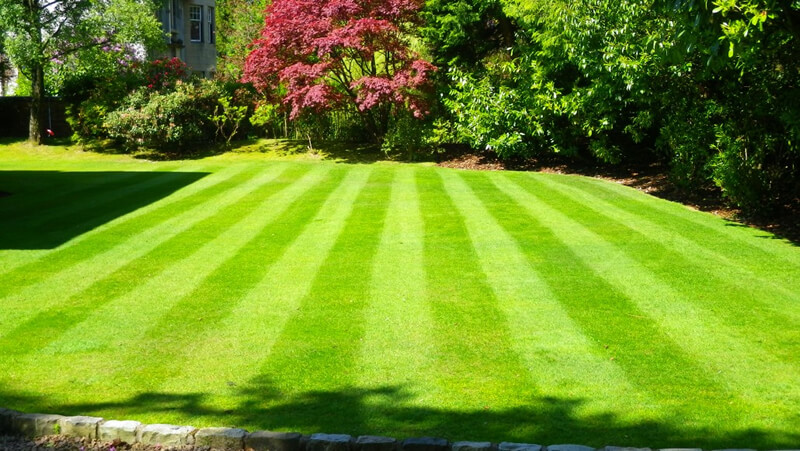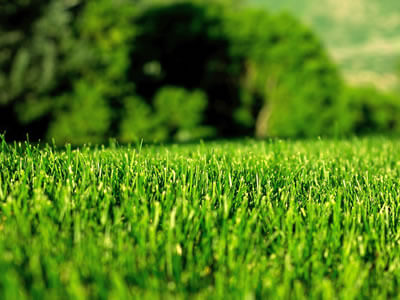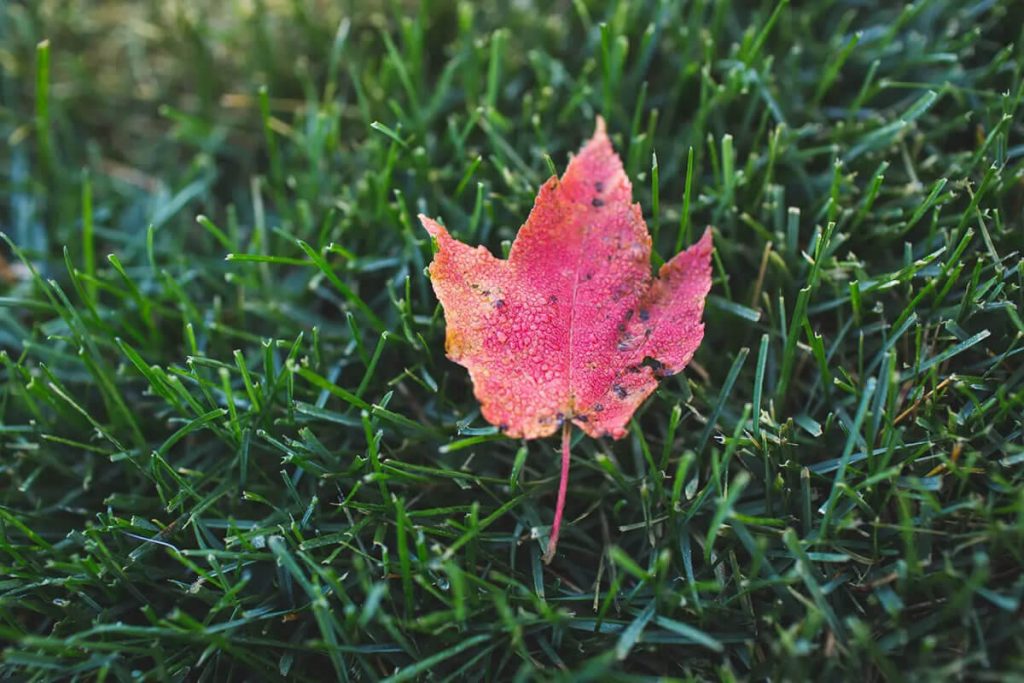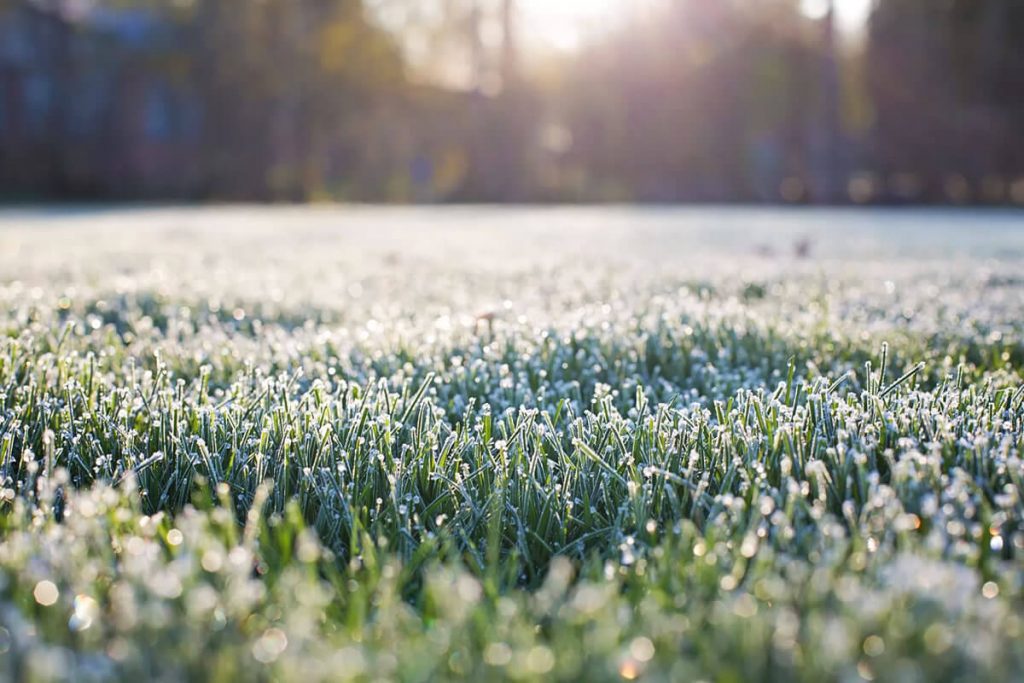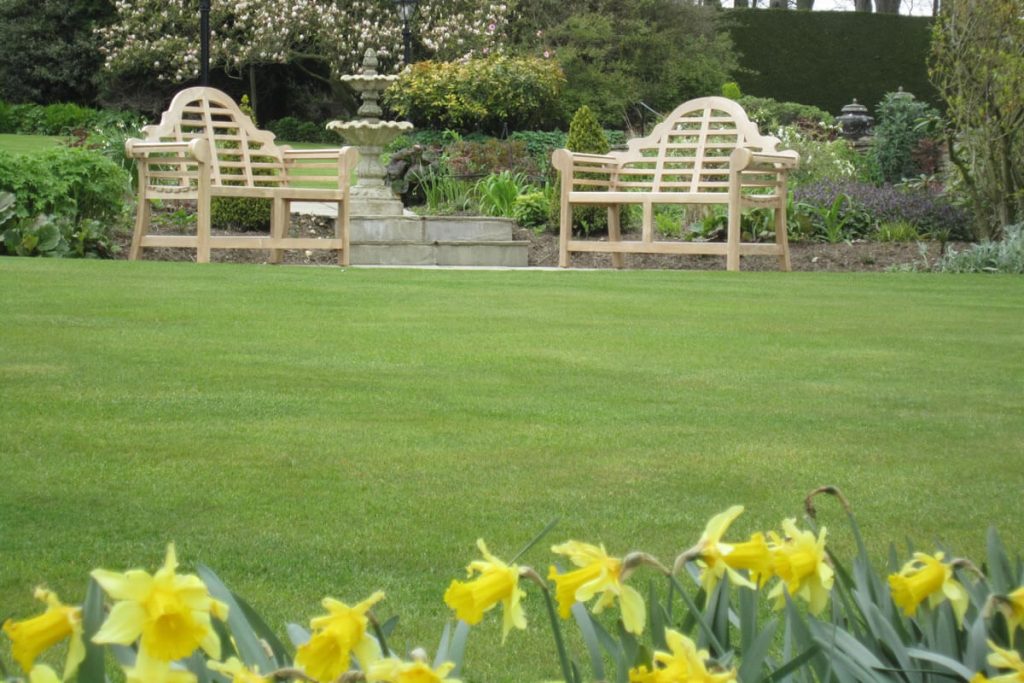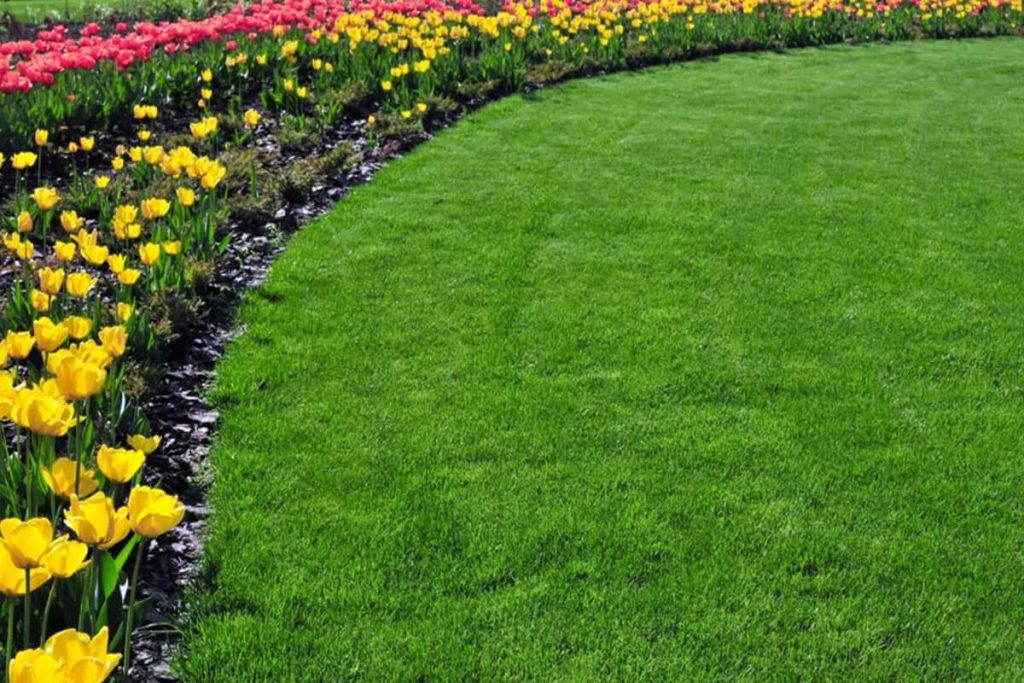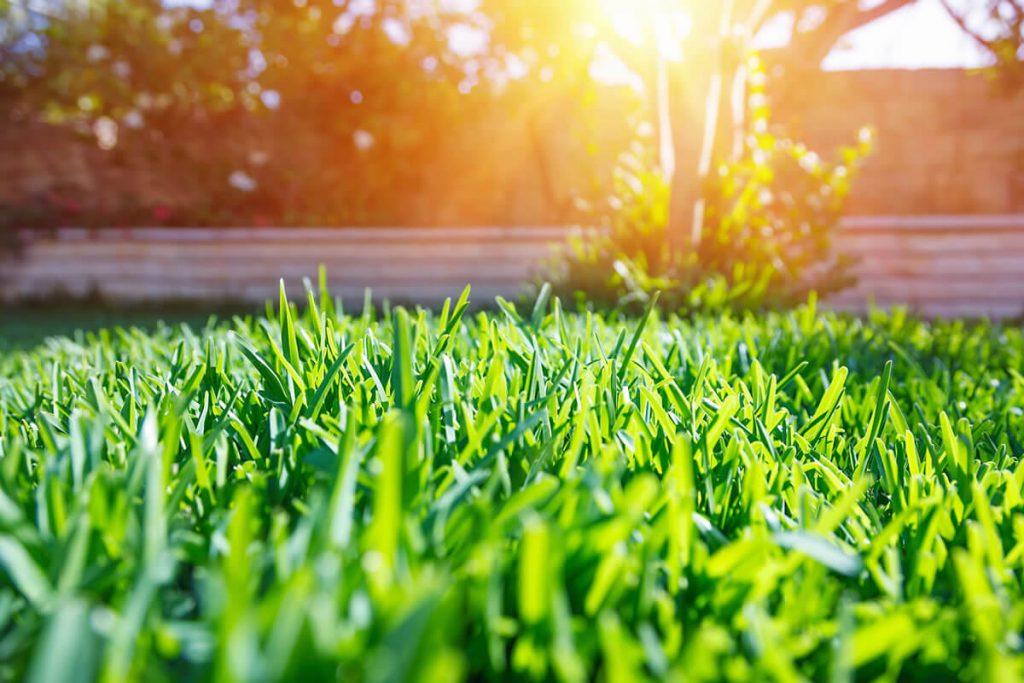A beautiful, green lawn is something every homeowner wants to achieve, but bare patches can be a frustrating and persistent problem. If certain areas of your lawn refuse to grow grass properly, the issue isn’t just cosmetic—it’s often a sign of an underlying problem. Simply throwing down more seed isn’t always the answer. To fix the issue properly, we need to understand why bare patches form, how compaction plays a role, and why correct seeding is essential to restoring your lawn.
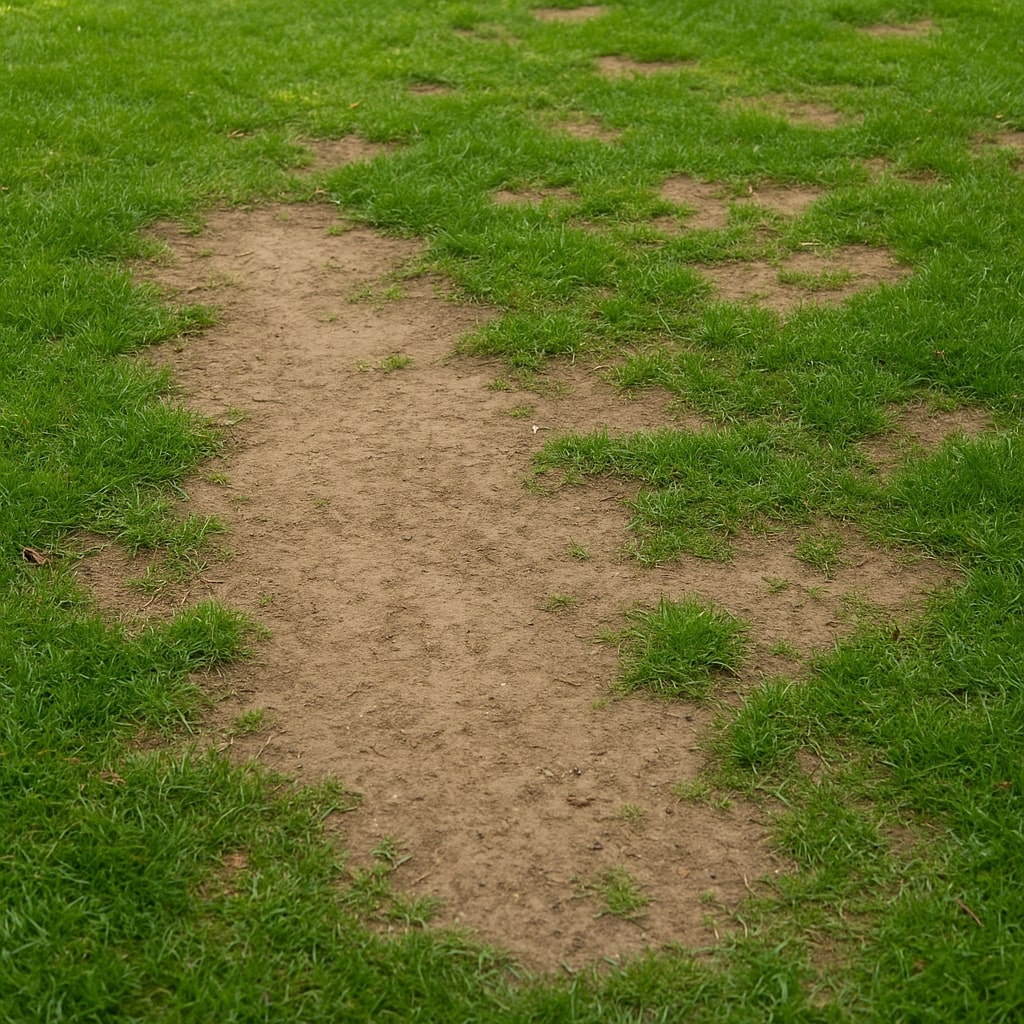
Why Does Your Lawn Have Bare Patches?
Bare patches don’t appear for no reason. They are usually a sign that something in the lawn isn’t quite right. One of the biggest culprits is compacted soil—a common issue that restricts airflow, water absorption, and root growth. If the ground is too hard, grassroots can’t establish themselves, leaving areas of the lawn thin and weak.
Heavy foot traffic is another common factor, especially in gardens that are frequently used by children, pets, or visitors. If a particular route across the lawn is regularly walked on, it compacts the soil beneath, slowly suffocating the grass. Over time, those well-trodden areas struggle to maintain healthy growth, and bare patches begin to appear.
Other factors can contribute too. Poor drainage, pet urine, and even extreme weather conditions can all play a role in breaking down grass cover and leaving parts of the lawn looking patchy. If your lawn sits in shade for most of the day, grass will also struggle to grow, as it thrives on sunlight.
Whatever the cause, bare patches don’t fix themselves. If left untreated, weeds and moss will often take advantage of the weakened lawn, making it even harder to restore healthy grass.
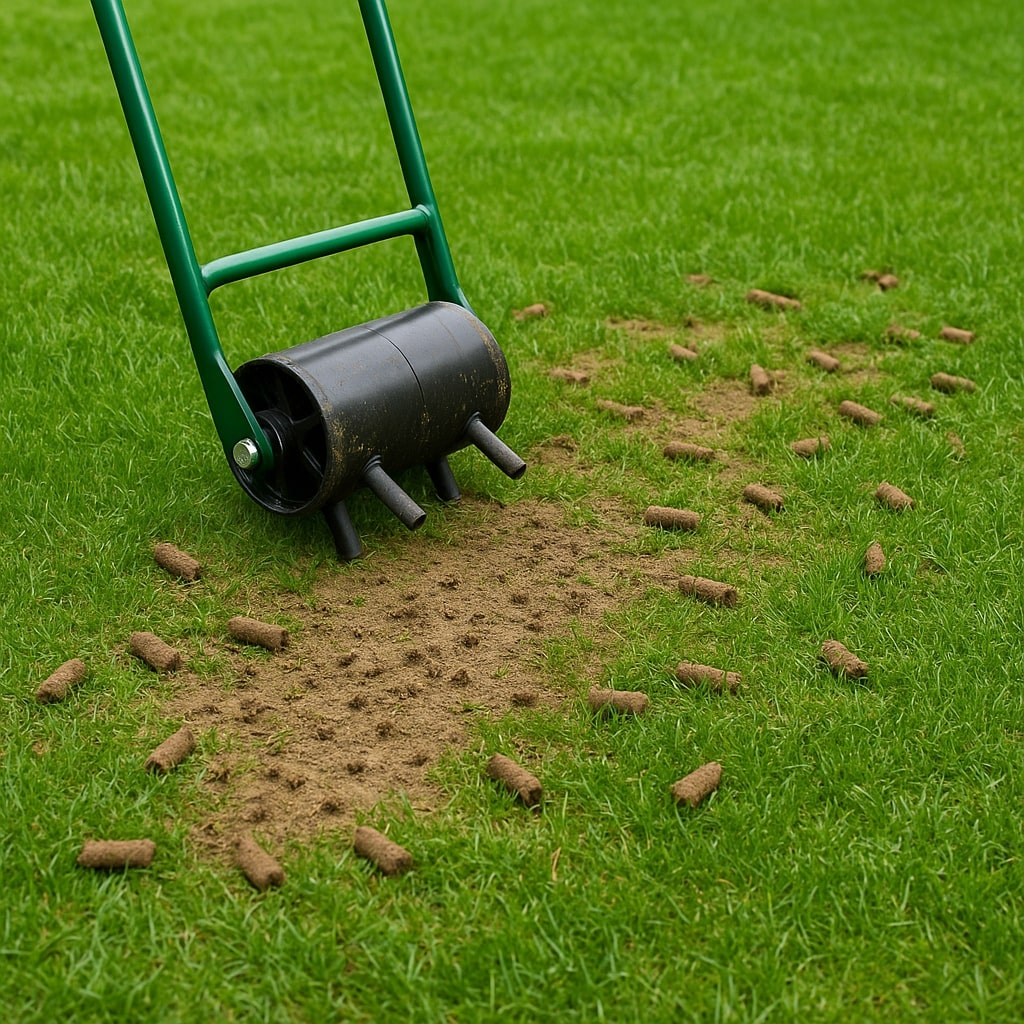
Why Soil Compaction Is a Bigger Problem Than You Think
Compaction is one of the most overlooked issues when it comes to lawn care, yet it has a huge impact on how well grass grows. When soil is too dense, oxygen, water, and nutrients struggle to reach the roots. This means that, even if you’re watering and feeding the lawn, the essential elements grass needs to thrive aren’t actually getting where they need to be.
A simple way to test for compaction is by pushing a garden fork into the ground. If it meets resistance or is difficult to push down, chances are the soil is compacted. The best solution is aeration—a process where small holes are made in the lawn to loosen the soil, improving airflow and allowing grass roots to spread more easily.
Many homeowners attempt to fix bare patches by throwing down more seed without addressing soil compaction first. But if the ground is too hard, those new seeds will struggle to take root, and the problem will keep coming back. That’s why professional aeration, followed by overseeding, is one of the most effective ways to restore lawn thickness and ensure long-term success.
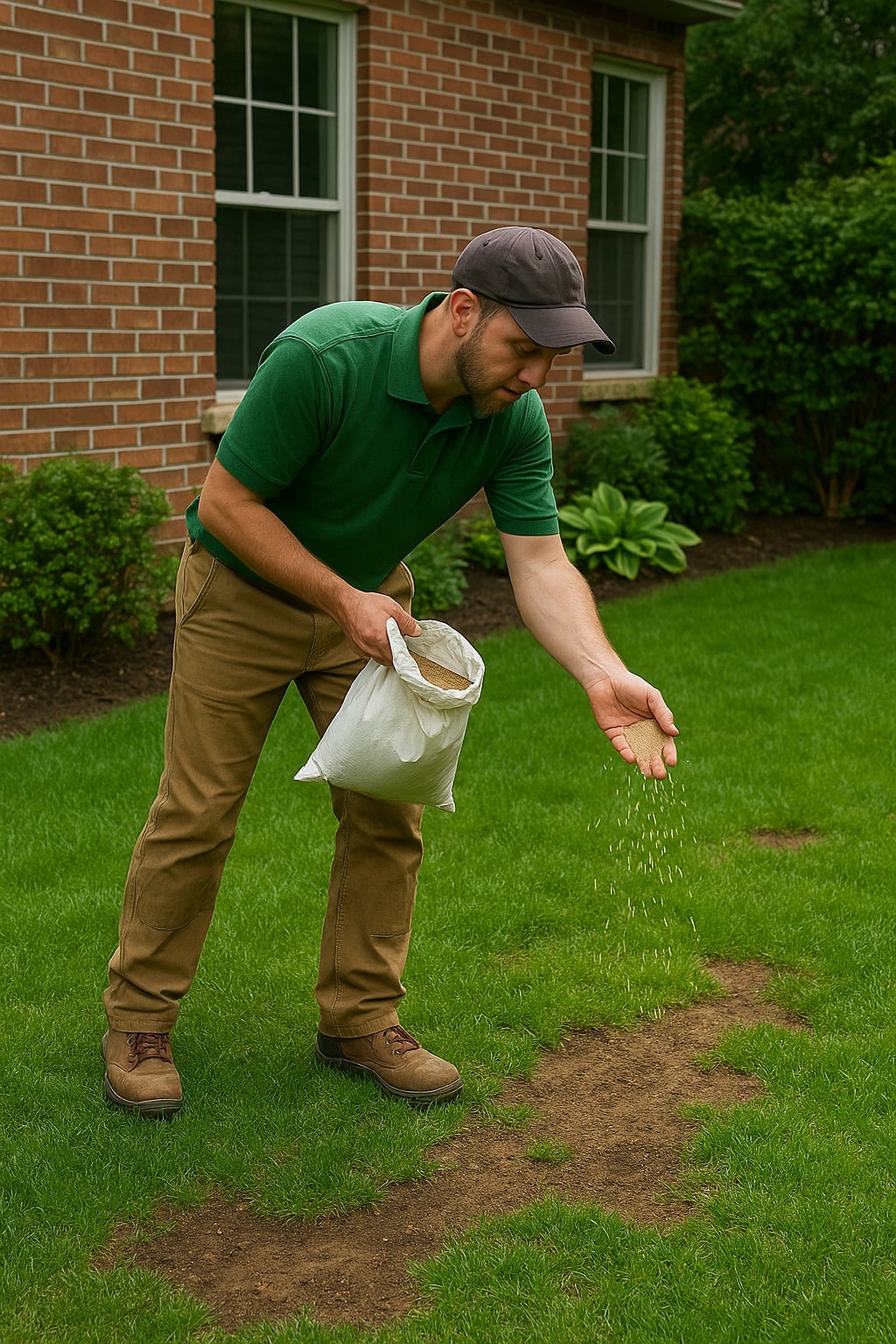
How to Fix Bare Patches and Seed Properly
Once the underlying issue is identified—whether it’s compaction, poor soil health, or lack of nutrients—seeding is the next step in bringing your lawn back to life. But simply scattering grass seed over bare areas isn’t enough. Proper preparation is key.
First, the soil needs to be loosened to ensure good seed-to-soil contact. If the surface is too hard, seeds will sit on top rather than embedding into the ground, leading to poor germination rates. Lightly raking or aerating the soil before applying seed makes a huge difference in how well new grass establishes itself.
Next, selecting the right seed mix is essential. Many homeowners buy generic grass seed from garden centres without realising that different seed varieties are suited to different conditions. If a lawn has struggled to grow grass in a particular area, choosing the wrong seed type can lead to the same problem happening all over again.
Professional seeding takes these factors into account, ensuring the best grass species are chosen for your lawn’s specific conditions. This is particularly important after aeration, as the right seed mix will naturally favour the soil type, light levels, and foot traffic of your garden.
Once the seed is down, aftercare is just as crucial. Many DIY attempts at overseeding fail because new seeds are either not watered consistently enough, are buried too deeply, or are left exposed and dry out. Newly seeded areas need regular, gentle watering to keep the soil moist—too much water at once can wash the seeds away, while too little prevents germination.
Why Professional Overseeding and Aeration Are Worth It
Lawn renovation is more than just spreading seed—it’s about creating the perfect conditions for new grass to thrive. That’s why professional aeration and overseeding often deliver far better results than DIY methods.
A professional lawn care specialist will assess the health of the soil, relieve compaction where necessary, and choose the best seed blend for your garden’s conditions. They’ll also advise on the best post-seeding care, ensuring your lawn gets the best possible start.
For those who have tried seeding in the past with little success, or are dealing with persistent bare patches, professional treatment can make a huge difference—not just in achieving better results, but in ensuring those results last.
What Customers Say About Professional Seeding and Lawn Restoration
Many homeowners who struggled with bare patches have seen incredible improvements with professional lawn care. One customer shared their experience:
“Our lawn was patchy and full of weeds before we started using Shrekfeet. After aeration and overseeding, we saw a real difference. The grass is now thicker, greener, and much healthier overall. Highly recommended!”
If you’ve been frustrated with patchy, thin grass that never seems to improve, now is the time to take action.
Take the First Step Toward a Healthier Lawn
If your lawn is struggling with bare patches or compacted soil, now is the time to fix the problem before weeds and moss take over.
Professional aeration and overseeding are some of the most effective treatments for restoring lawn thickness and health.
Contact us today for a professional lawn assessment, or speak to one of our specialists for tailored advice on how to bring your lawn back to life.

 Established 2016
Established 2016
